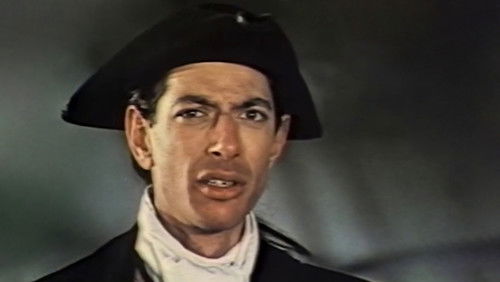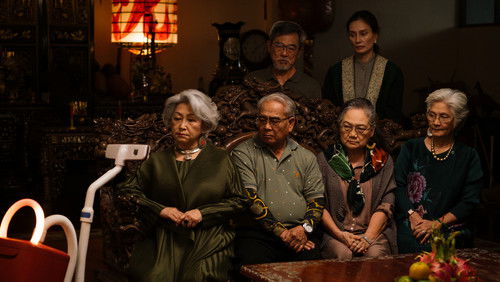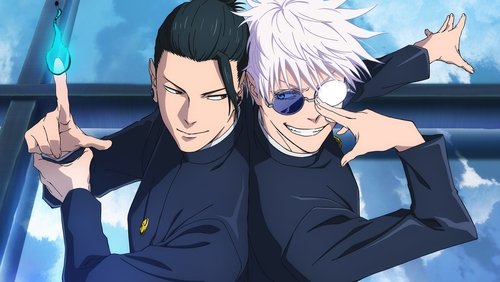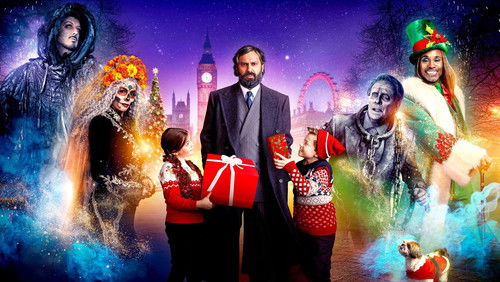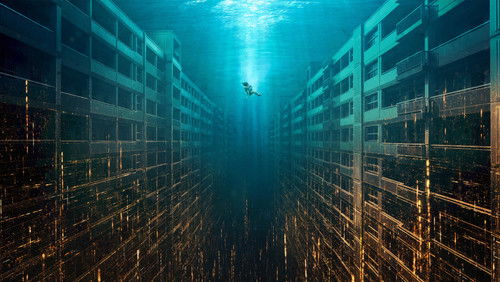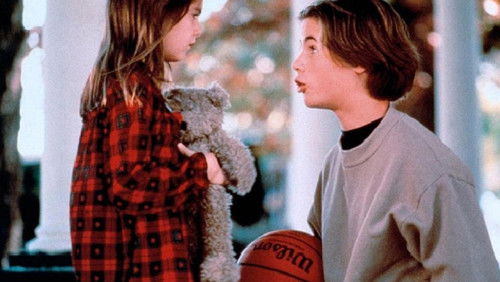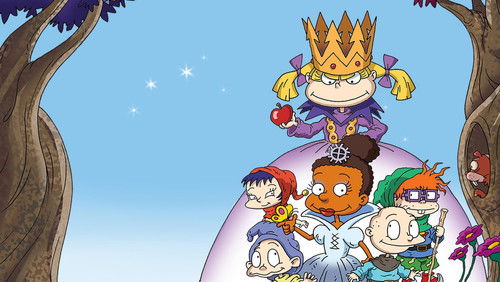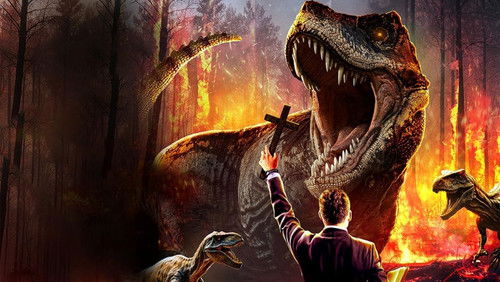Star Wars – Episode IV: Eine neue Hoffnung (1977)
68KStar Wars – Episode IV: Eine neue Hoffnung: Directed by George Lucas. With Mark Hamill, Harrison Ford, Carrie Fisher, Peter Cushing. Luke Skywalker joins forces with a Jedi Knight, a cocky pilot, a Wookiee and two droids to save the galaxy from the Empire’s world-destroying battle station, while also attempting to rescue Princess Leia from the mysterious Darth Vader.
“u0026quot;A long time ago, in a galaxy far, far away…u0026quot;u003cbr/u003eu003cbr/u003ePre review:u003cbr/u003eu003cbr/u003eIts writing started in January 1973, u0026quot;eight hours a day, five days a weeku0026quot;, George Lucas said by taking small notes, inventing odd names and assigning them possible characterization… After many drafts, he finally came to a satisfactory conclusion.u003cbr/u003eu003cbr/u003eThen, Lucas presented Star Wars to the United Artists, but they refused to budget the film, so he went to Universal Pictures, the studio that financed American Graffiti; however, it was rejected, as the film concept was u0026quot;too strangeu0026quot;.u003cbr/u003eu003cbr/u003eSuddenly, Alan Ladd Jr -head of 20th Century Fox- appeared, a man that trusted in Lucasu0026#39; genius. And thatu0026#39;s how Star Wars became a reality.u003cbr/u003eu003cbr/u003eThe shooting of the movie was full of mishaps, problems with practical effects never done before, a bad first edit of the movie, but that didnu0026#39;t stop George from fulfilling his Space Opera. Due to those setbacks, Fox Studios began to put pressure on Lucas to finish the movie. Finally, the movie was done. On the eve of Star Wars release, 20th Century Fox, George Lucas and his cast and crew braced themselves for the worse. One way or another, May 25, 1977 would be a day they would never forget…u003cbr/u003eu003cbr/u003eReview:u003cbr/u003eu003cbr/u003eStar Wars is a modern tale of mythic adventure. It follows the journey and growth of the protagonist: Luke Skywalker. His journey of discovery is set amidst a larger struggle between the Empire and the Rebel Alliance; both parties are embroiled in a civil war. The Empire is comprised of corrupted power within a small group of leaders. These sullied leaders abuse their power over the masses with impunity. It is oppression and repression of the masses. The Empire wants to destroy the hope of the rebellion to ensure the small group of leaders can keep their power…u003cbr/u003eu003cbr/u003eOne of the most important features of the movie are the special effects. The use motion control was even superior to Stanley Kubricku0026#39;s revolutionary masterpiece: u0026quot;2001: A Space Odysseyu0026quot; thanks to the creation of The Dykstraflex, the first digital motion control photography camera system developed for Star Wars on 1976. Along with an incredibly iconographic character and production design, the movie became stylistically unique.u003cbr/u003eu003cbr/u003eThe story and the characters are original and relatable. R2-D2 and C-3PO: the astromech as the optimistic adventureru0026#39;s desiring to move forward. In direct opposition C-3PO, the protocol droid filled with doubt and reservations. Luke Skywalker, the brave hero, often haunted by doubts and hopes about his future journey. Obi-Wan Kenobi, the wise master and moral guidance of our hero. Han Solo, the rebellious smuggler whose personality represents tenacity. Leia, the damsel u0026quot;in distressu0026quot;, a fearsome princess and general. Finally, Darth Vader, the most iconic character in the franchise, the merciless tyrant in a black suit, representing evil and final conflict of the journey.u003cbr/u003eu003cbr/u003eThe film score presents an emotional resonance trough a romantic 1930s Hollywood orchestral score that was commissioned for composer John Williams, who succeeded to create a haunting constellation of operatic leitmotifs.u003cbr/u003eu003cbr/u003eThe visual composition is authentic, as Lucas wanted a nostalgic u0026quot;filtered looku0026quot; so he kept changing key lights for a u0026quot;flashingu0026quot; effect. He used a loose, u0026quot;nervousu0026quot; frame, as in newsreels. The dramatic center was displaced, deflecting the eye to background activity, which in later films would include poetically changing weather. This first film gradually turned darker, following a symbolic color scheme where organic brown and warm gold yielded to high-tech black, white, and steely gray.u0026quot; This is authenticity is reflected in itu0026#39;s most iconic shot: the u0026#39;Binary Sunsetu0026#39; sequence, which establishes the narrative through-line of the story and the world it takes place in, the main value of the scene lies in how powerfully and economically it develops Lukeu0026#39;s character: As the suns begin to slowly sink in the evening sky, he gazes towards the horizon, his sense of longing for something more is palpable. Taking things further, he goes on to squint into the distance as if he could see his new future just out of reach, and for the first time we get to see him not as a kid, but for as a new hope.u003cbr/u003eu003cbr/u003eBooks such as u0026quot;The hero with a thousand facesu0026quot; by Joseph Campbell structured the story, The War of Vietnam inspired the battle between the Rebels and the Empire, the lifestyle of buddhist monks characterized the Jedi, real shots of warplanes made the space battles real, Kendo foreshadowed the epic lightsaber duel, Akira Kurosawau0026#39;s storytelling influenced the focus on minor characters, Fritz Langu0026#39;s itu0026#39;s iconic protocol droid and John Ford westerns determined itu0026#39;s soul.The fascination with filmmaking and anthropology are the components that allowed Star Wars to be compelling and human, besides being located on a galaxy far, far away.u003cbr/u003eu003cbr/u003e10/10”
